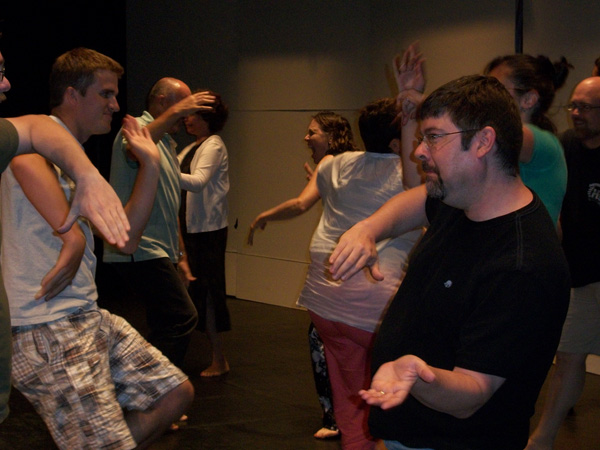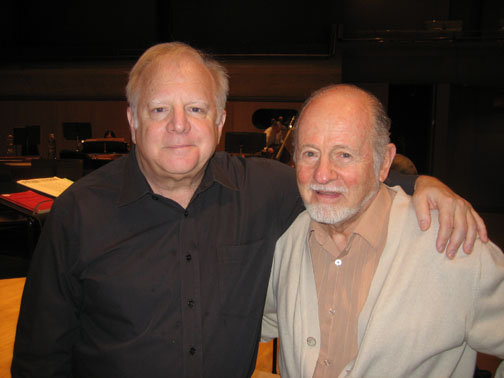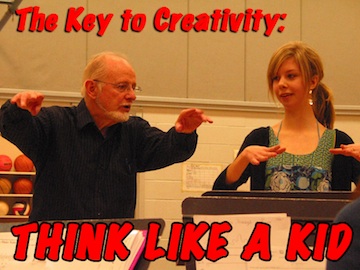In July I’ll be conducting creativity and performance workshops at The Hartt School with conductor Glen Adsit, and you’re welcome to join us.
Here’s a workshop summary borrowed brazenly from The Hartt School’s terrific website:
Participants in this active workshop will learn to create music, teach students to compose music and conduct music using graphic notation. In addition, Michael’s mastery of Neuro Linguistic Programming techniques will help you gain confidence and excellence in performance.
CREATIVITY
Writing your own music using graphic notation will enable you to:
Create original pieces
Conduct them with the group
Analyze new works
Teach children and adults how to write music
CONDUCTING
Develop your personal conducting skills through graphic and traditional notation. Students will explore ways to become more expressive conductors.
Learn to create descriptive musical gestures
Develop independence between left and right hands
Learn how to conduct outside the beat pattern
PERFORMANCE
Learn techniques from NLP (Neuro Linguistic Programming), mime and self-hypnosis to effectively:
Deal with stage fright
Concentrate under pressure
Perform with comfort and ease
Align your life with your art
Coach your own performance
PROFESSIONAL BENEFITS
Develop new methods of teaching, conducting and performing music
Learn by experiencing the ‘discovery method’
Learn more creative ways to fulfill the national standards for teaching creativity
JULY 18-22, 2011
$735 (+$45 registration fee)
3 Graduate Credits
On-Campus housing and registration information available at: www.hartford.edu/hartt/summerterm.
Go here to see photos from last year’s workshops at The Hartt School (click on ‘Recent Workshops’).



